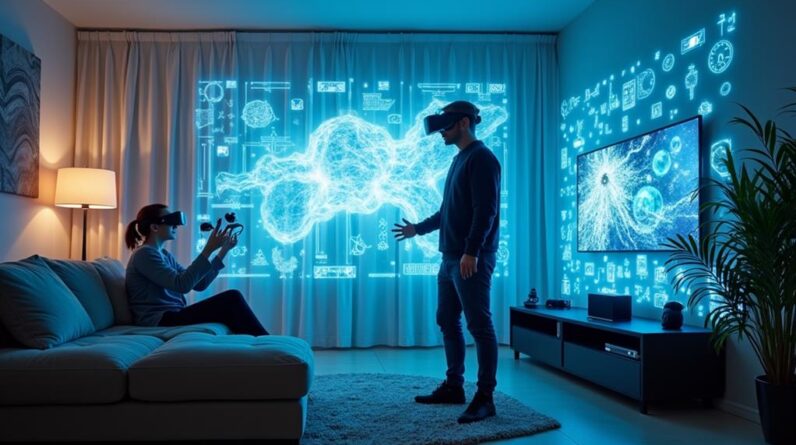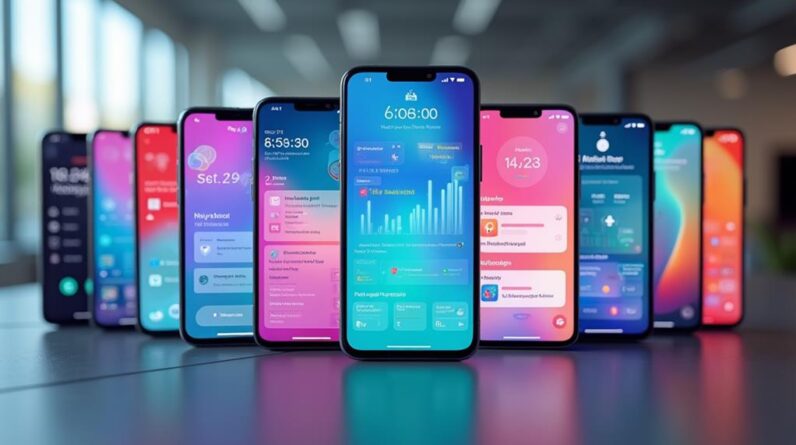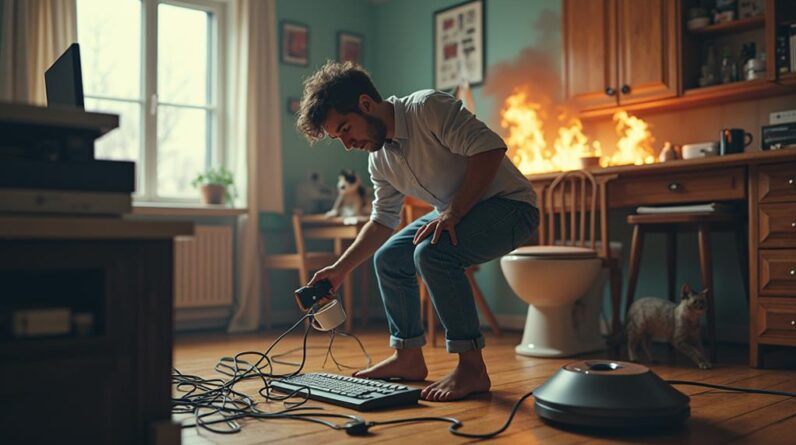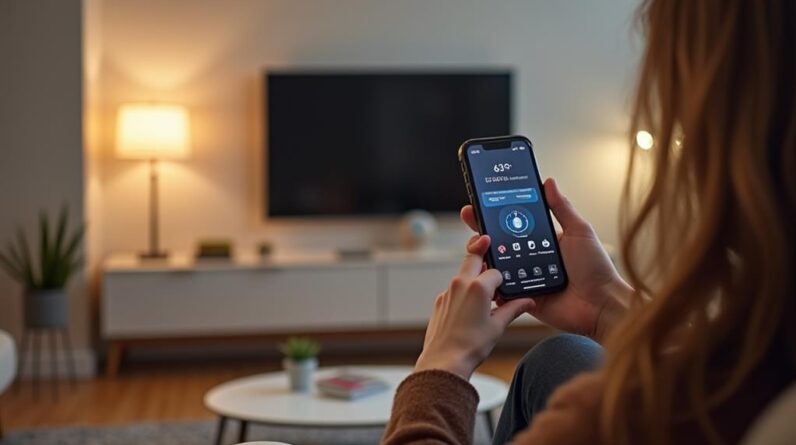
– I never really understood smart lights. There are so many other smart home ideas that I totally get. Coffee that's just magically
ready in the morning. A front door that knows
unlocks every time I get home. A house that's always
the perfect temperature. But a light that I don't have to get up to turn on and off that costs like 10 times as
much as my normal light bulb? Pass. And yes, smart lights are the
number one smart home thing people are interested in. So I got my hands on a whole bunch of different
kinds of smart lights, installed them all over my house, and decided to see what
all the fuss is about. After a lot of testing, I found three good reasons
to get a smart light, three reasons they're
still way too much hassle, and a pretty workable solution for people who really want to get into it.
Let's start with the good stuff. Reason to get a smart light number one: Never coming home to a dark house. This is all about peace
of mind and security but being able to turn on
all the lights in the kitchen or in the whole house
just feels really good. Reason number two: Automated lighting is awesome. Many of these lights let
you set up a schedule. Bright, cool light in the
morning to wake you up, off during the day when it's bright, then warmer and dimmer at
night to help you relax. Reason number three: Being lazy rules. Sure, I could get up and go around and turn off all these lights one by one but since many smart lights integrate with virtual assistants, like Google Assistant or Alexa, it's so much easier to just say, "hey Google, turn off all the lights" and then not worry about it. Generally after living
with them for a bit, I'm sort of sold on the
idea of smart lights but actually using them is not nearly as
wonderful as it should be, which brings me to stupid
smart light thing number one, the switch problem.
Okay, so you install a smart light, get everything set up and working, then someone comes through
and flips the switch off. Perfectly normal thing, right? Except you've just cut off
all the power to your light and it won't connect again until you've flipped the switch back up. Stupid thing number two: These are still too difficult to set up. Some of these devices have their own hubs, which is good and bad. Good because the hub connects
directly to the router, making it easier to get your bulbs connected to the internet. Bad because these hubs tend to cost more and it's just another thing to
have plugged into your wall. Others work directly
through an app on your phone but those are often a lot finickier with getting stuff connected.
Stupid thing number three: Smart lights are really expensive. This Philips Hue starter set is $70. This LIFX bulb, just the
bulb by itself, is about $50. In general, you're looking
at somewhere between $10 and $25 for a full-feature smart bulb. If you want to a full-color
bulb for more than just white, which gives you more control over things like color temperature and does some really fun party tricks, you're looking at about double that. Either way, it's a lot of money, especially if you're trying
to outfit your whole house. After all the testing I've
done, here's my recommendation. If you just want to get
one or two smart bulbs, the C by GE Full Color
Smart Bulb is the move. They're the easiest to set up,
since GE worked with Google to do everything in the Google Home app.

You can Alexa too, but that
requires a separate hub. If you want a house full
of smart bulbs though, the Philips Hue ecosystem is the one you can really invest in. The hub makes it easy to connect
and manage all your lights. Philips makes lots of lamps and light strips you can integrate. Plus it works with tons of
other devices and assistants.
For an even simpler setup,
though a more limited one, there are smart plugs. These devices go into your wall and can turn on anything that's plugged in with just the press of a button. Smart plugs are, frankly, a dime a dozen, though I've had good luck with this one from Anker's Eufy brand. But if you want smart lighting that lasts and you don't mind doing a little bit of DIY electrical work
on your light switches, you really want to buy
a smart dimmer switch. I particularly like this setup from Lutron called the Caseta, which plugs into a wall and adds a a smart dimmer
to any lamp you have. You can also buy a switch
that screws into the wall, like this one from Lutron,
but that's a little more work. Either way, it solves the
switch problem perfectly. One bit of warning, though. Try not to mix smart
switches and smart bulbs. They kind of clash sometimes. Ultimately, you just have to
pick a way and stick with it. My home is all-in on smart switches, smart plugs, and dumb bulbs with one exception.
It's pretty great t have tons
of colors and funky features on the light in the living room. It's a huge addition to movie night. Hey Google, turn all the lights red and put on Stranger Things. (quiet EDM music).
As an Amazon Associate I earn from qualifying purchases.







